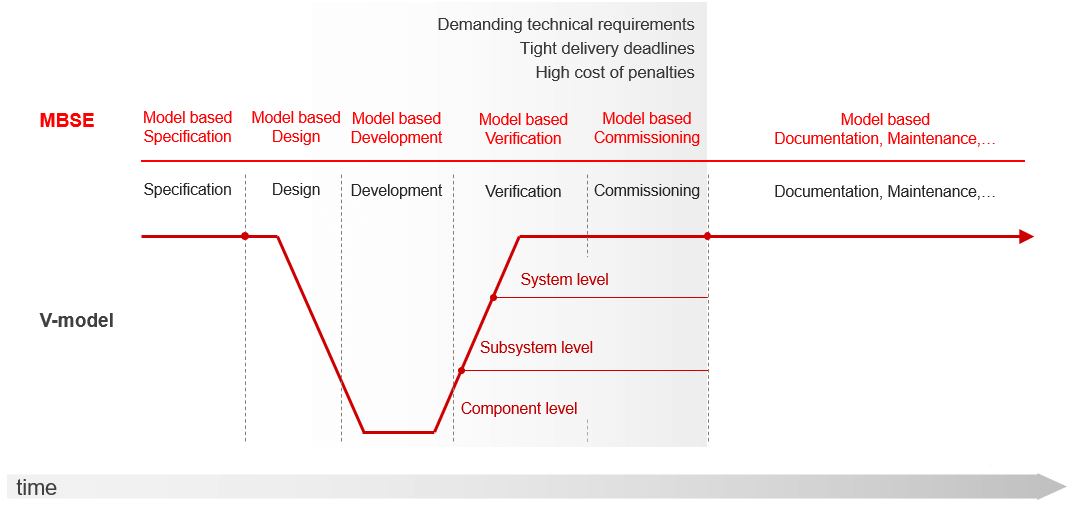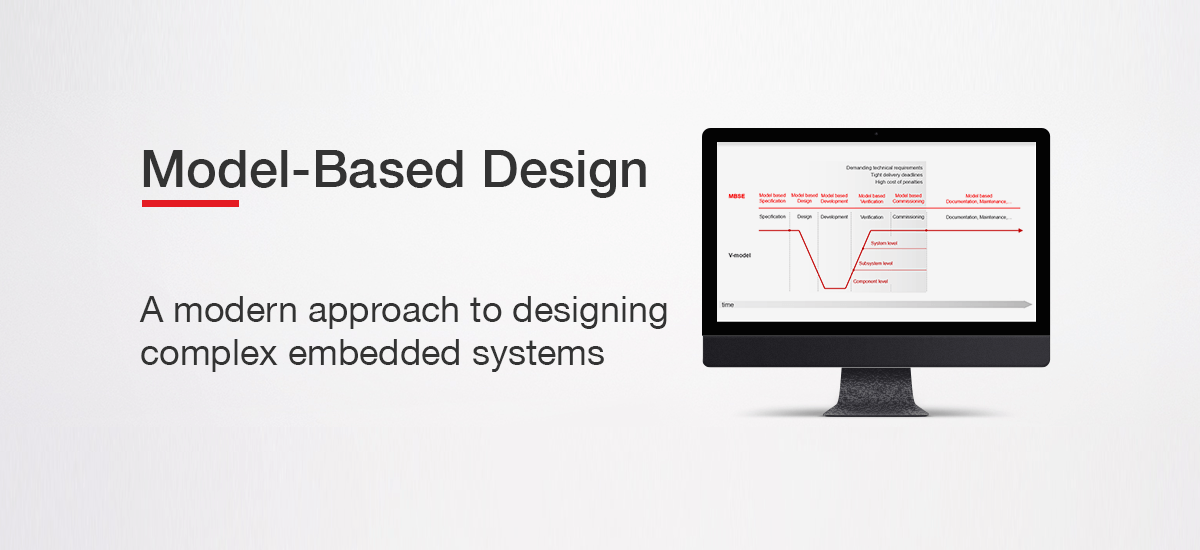Model-Based Design for embedded control software development is a modern approach to designing complex embedded systems. It reduces the shortcomings of traditional workflows, which usually rely on gathering document-based requirements and manual testing that is performed only at late stages of the development cycle.
If you are only performing verification and validation on physical prototypes at the later stages of controller development, then you may have experienced cases where requirement changes or other design issues arose, and you needed to rebuild the system or entirely redesign and recode the control software. This causes significant delays in development time and drastically increases development costs. In contrast, when using Model-Based Design and Testing, you can simulate the system and evaluate its performance and interoperability at any point of the project timeline. In this way, you can streamline the development cycle from specification to maintenance, increase test coverage, minimize integration issues, and therefore deliver higher quality products, faster.
What does Model Based Design for embedded controller development look like?

Boundless design ideas
Test and verification
With model-based design, testing and verification takes place throughout the development lifecycle, starting with requirements and specifications modeling and continuing through design, code generation, and integration. Compared with traditional approaches, this type of testing and verification enables identification and prevention of errors during the coding and design phases.
The role of engineers in Model based design for embedded controller development
Using model-based design for embedded controller development reduces the administrative overhead of design and testing, freeing engineers to spend more time modeling the architecture and performing system integration.
If you want to see hands-on how HIL technology can help you quickly apply model-based design and accelerate your embedded controller development cycle, enroll in the HIL Specialization program and take you HIL knowledge to the next level.





Responses